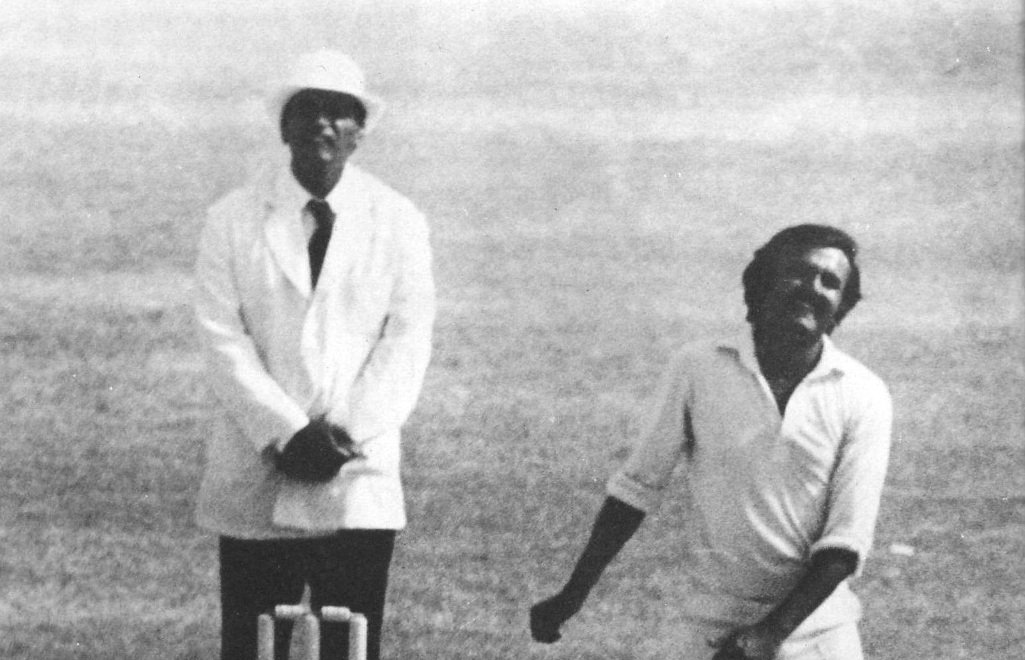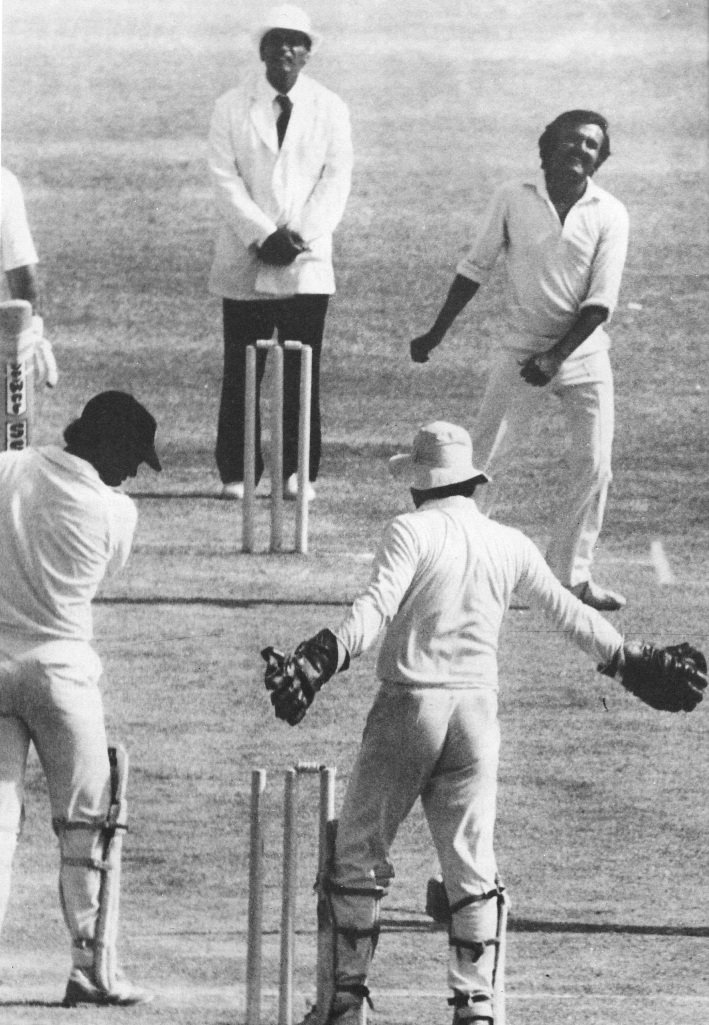The Australians went into the first Test 1982-83 at Karachi with only seven days of cricket behind them and are still quite unused to the heat of September in Pakistan. Even the Pakistan players, most of who had just returned from England, complained of non-acclimatization and Imran Khan deliberately stayed out of the one-day international at Hyderabad, so that he could have a little more time to get used to the conditions.
There were speculations about the new wicket at the National Stadium, Karachi, and for a change, the grass was not shaved off before the match. The wicket turned out to be hard and true, which was a definite advantage for the Australians after they had won the toss. They had an early scare when Wood was dismissed without scoring, but Laird and Dyson steadied the innings before Laird was run out after a horrible mix-up.
Quite a few of the Australian batsmen are so poor in running between the wickets that Boycott would be very pleased to welcome them to the fold. Then came the most entertaining partnership of the Australian innings. John Dyson (85) and skipper Kim Hughes (54), added 98 for the third wicket before both fell to Iqbal Qasim, who was not played at all during the series in England.
Any hopes of Australia building a reasonable total were demolished by Tahir Naqqash on the second day when he claimed the wickets of Rod Marsh, Bruce Yardley, Ray Bright, and Jeoff Lawson in two over’s with the second new ball. The Pakistan innings were full of incidents and crowd interruptions.
The first of these unfortunate happenings took place when umpire Mahboob Shah disallowed an appeal from Lawson for a catch at the wicket against Mohsin Khan. Television replays suggested that Mohsin Khan had touched the ball. A verbal clash between Lawson and umpire Mahboob followed and then Lawson tried to snatch his cap from the umpire’s pocket after the end of the over.
However, Hughes’s timely intervention saved the situation, which had become quite ugly. The second of these incidents led to Mohsin’s dismissal after he tried to stop a ball from going onto his stumps with his hand. Rod Marsh appealed first to the leg umpire and then repeated it to the other umpire, who had no hesitation in giving Mohsin out.
A similar incident had occurred during the last visit of a Pakistani team to Australia. The pattern of the Pakistan innings itself was so slow that the crowd, sitting unprotected in the hot sun, frequently swarmed onto the ground resulting in nearly 35 minutes of loss of play.
The heat was so unbearable that Hughes, at one stage, used Lawson and Thomson in spells of two over are only. It also affected the Australian fielding and they dropped half a dozen catches, including four off Zaheer Abbas alone. Pakistan took 610 minutes to score 419 runs before Imran called a halt. In the Australian second innings, Imran Khan again provided the initial break-through and from then onwards Abdul Qadir took over.
His bowling was sheer magic and it was a fascinating sight to see him bowl at the front-line Australian batsmen with a cluster of five fielders in close catching positions. It is difficult to remember when last a leg-spinner attacked so relentlessly and so competently in Test cricket. His sway was so complete that in one particular spell he took three wickets in eight deliveries. The Australians barely escaped the innings defeat and Pakistan easily coasted home to a nine-wicket win. Abdul Qadir deservingly got the ‘Man of the Match’ award.


